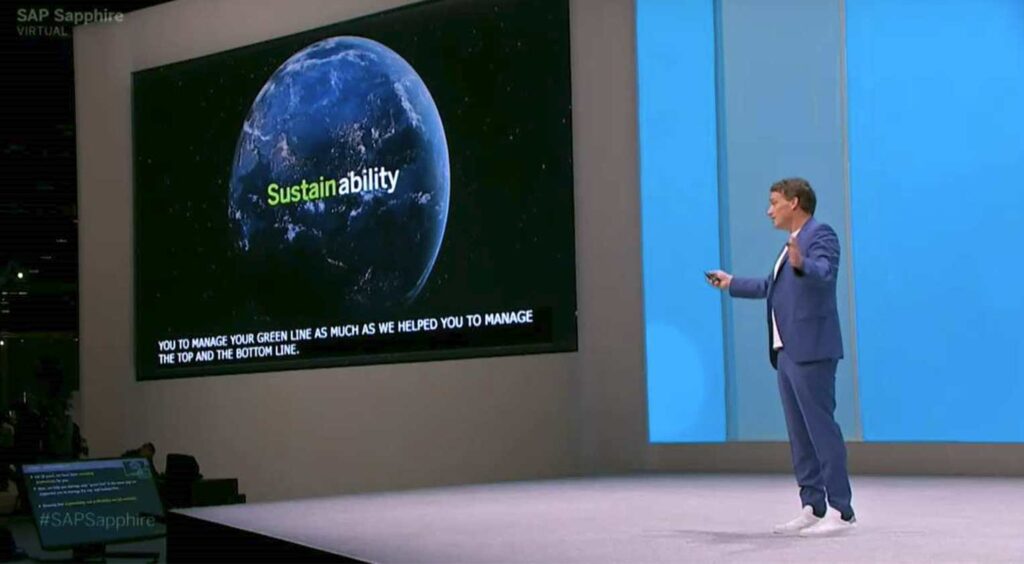I have been closely involved in the evolution of SAP systems and their migration to cloud environments since 2010. RISE is SAP’s offering to facilitate the move of SAP ERP and SAP S/4HANA systems to the cloud and is a significant development. While the promise of simplification and cost reduction is compelling, the path to RISE is strewn with potential pitfalls that C-suite leaders must navigate with caution.
Misalignment between IT and the business
One of the most common issues I’ve observed is the misalignment between what the business side of an enterprise believes it has purchased with RISE and the reality that the IT department encounters. This disconnect can lead to confusion and unmet expectations. For instance, business leaders might think they’re getting an all-encompassing cloud solution that will solve all their problems, while IT soon discovers that the service offering requires additional work, customization and potentially more investment to meet the company’s specific needs.
Contractual issues
The negotiation of contracts for RISE often takes place without sufficient input from the IT professionals who will be responsible for implementing and managing the system. This can lead to misunderstandings about the scope of the project, the service level agreements (SLAs), and the options available if the enterprise needs to exit the contract. Setting the right expectations from the start is crucial to avoid future disputes and ensure that the services provided meet the enterprise’s requirements.
Accountability
A clear understanding of who is accountable for each aspect of the RISE service is often lacking. The responsibility matrix provided by SAP can be fluid, changing throughout the sales cycle and even after the deal is closed, which leads to confusion and can hinder effective management and resolution of issues. It’s essential for enterprises to establish firm accountability and ensure that all parties involved understand their roles and responsibilities.
Service quality
The quality of service post-transition to RISE can be a concern. Customers may find that the actual service they receive does not meet their expectations, even if it technically falls within the agreed SLAs. A business that once enjoyed 99.99 percent uptime where any outage (planned or otherwise) would have a serious monetary impact, could find themselves having to navigate multiple planned (or unplanned) downtimes at inconvenient times for the business with little recourse.
Delivery discrepancies
There is often a significant gap between what customers expect from RISE and what is actually delivered. The marketing materials may promise cutting-edge AI technology and seamless integration, but the reality can be a group of contractors trying to piece together a solution that works. This disconnect can lead to disappointment and a lack of trust in the promised capabilities of RISE.
Complexity
Contrary to the goal of simplification, RISE can sometimes add complexity to an enterprise’s SAP system. For example, if an SAP system is running with an adjacent Oracle database for certain processes, implementing RISE might require an additional integration layer, while the Oracle system remains in place. This added layer can increase complexity rather than reduce it, complicating the overall IT landscape.
Cost surprises
Enterprises often encounter unexpected costs when transitioning to RISE. The effort required to simplify custom code and business processes can be underestimated, and the need for various add-ins that weren’t initially anticipated can lead to budget overruns. It’s crucial for enterprises to have a clear understanding of the total cost of ownership when considering RISE.
Service levels
RISE’s default SLA of 99.7 percent uptime may not meet the standards that many enterprises expect. To achieve higher levels of uptime, customers often have to pay significantly more, which can lead to sticker shock when the true cost of the desired service level becomes apparent.
Marketing oversimplification
The marketing of RISE tends to oversimplify the offering, potentially obscuring the complexity of deliverables and the true service levels. It’s important for enterprises to look beyond the marketing messages and understand the detailed implications of the service they are considering.
Expertise needed
To avoid the pitfalls associated with RISE, it’s essential to involve experts such as contracting lawyers, project managers and architects in every meeting and to review all aspects of the transition together. Cross-functional collaboration from the start is key to a successful transition.
Visibility and control
A critical pitfall is visibility and control. I know of two global enterprises that, upon moving to RISE, realized they lacked critical visibility into their SAP systems which was essential for their operations. This realization led them to continue with AIOps, as it provided the necessary management and insight into their systems within RISE. Without it, enterprises can find themselves flying blind, unable to effectively manage the portion of their SAP environments they remain responsible for. This also brought them the added advantage of being able to verify and validate their system status independent of SAP.
Conclusion
The decision to move to RISE with SAP should not be taken lightly. While it undoubtedly offers potential benefits, there are numerous challenges and considerations that must be addressed. Enterprises need to carefully evaluate the service offering, understand the contractual obligations, and ensure that the transition aligns with their strategic goals.





